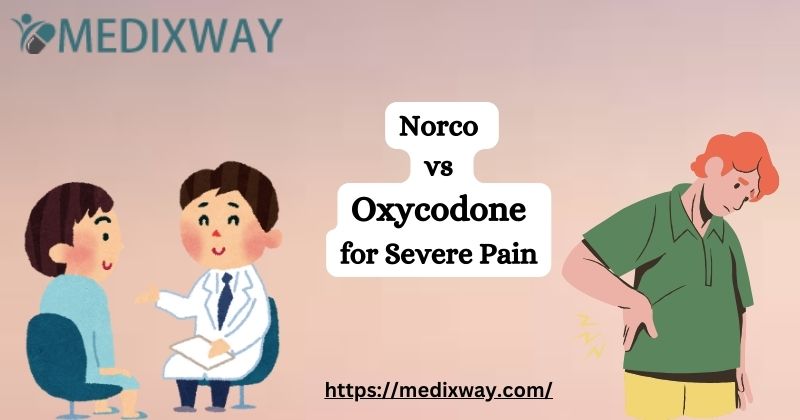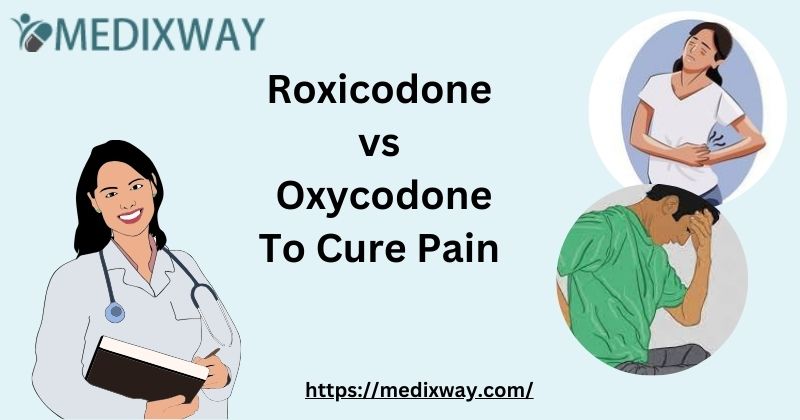ADHD or attention-deficit/Hyperactivity disorder is a neurodevelopmental medical condition. The people suffering from this condition often find it difficult to concentrate. Other common symptoms of ADHD are impulsivity and short periods of hyperactivity. To treat this disorder two medicines Vyvanse and Adderall are used. This blog will provide you the comparison Vyvanse vs Adderall with differences, uses, prevention technique etc.
It is estimated that almost 15 % of college students and 10 % of children suffer from ADHD. Exact causes of ADHD are not known, but it is believed that genetic history and brain structure and function play a role.
Comparison: Vyvanse vs Adderall
What are Vyvanse And Adderall:
Healthcare professionals often prescribe CNS Stimulants to help treat ADHD. CNS or Central Nervous System stimulants are a class of drugs, that stimulate the brain. These drugs have many effects, including improving the attention span and energy of patients. Two CNS stimulants that might be prescribed by doctors are Vyvanse and Adderall.
What is Vyvanse
Generic named lisdexamfetamine is sold with the brand name ‘Vyvanse’. Vyvanse is a CNS stimulant, which was approved by the Food and Drug Administration (FDA) in the year 2007. One can only purchase this drug if he/she possesses a prescription letter from a licensed healthcare professional.
What is Adderall
Combination of drugs amphetamine and dextroamphetamine, is available in the market with the brand name of Adderall. Adderall is a prescription-only drug, and is approved by the FDA. Adderall belongs to the class of drugs called CNS stimulants.
Uses: Vyvanse vs Adderall
A health care expert will prescribe Adderall and Vyvanse for the following disorders:
Vyvanse:
- Vyvanse is used in the treatment of ADHD, in people who are older than 6 years.
- It is also used to treat Binge Eating Disorder (BED) in people. But in those people who are older than 18 years of age. However, it is not used to help with obesity and overweight.
Adderall:
- It is a CNS stimulant and used to treat ADHD.
- Adderall is also used to treat narcolepsy, which is a sleeping disorder causing periods of involuntary sleep.
Forms of Vyvanse and Adderall:
Medicines come in certain forms like capsule, tablet, oral solution etc. Available forms of Vyvanse vs Adderall are:
Vyvanse:
- Capsules of Vyvanse are of the strengths 10 mg, 20 mg, 30 mg, 40 mg, 50 mg, 60 mg and 70 mg.
- Chewable tablets are available in 10 mg, 20 mg, 30 mg, 40 mg, 50 mg and 60 mg strengths.
Adderall:
Adderall is in the following two forms:
- Adderall immediate-release tablet: This tablet can be purchased in the 5 mg, 7.5 mg, 10 mg, 12.5 mg, 15 mg, 20 mg and 30 mg.
- Adderall extended-release capsule or Adderall XR is available in the strengths 5 mg, 10 mg, 15 mg, 20 mg, 25 mg and 30 mg.
Doses:
Depending upon the condition and its severity, various doses of medicines are administered to individuals. Doses of Vyvanse and Adderall are given below:
Vyvanse Doses
As mentioned earlier in the blog, Vyvanse is administered to individuals who are suffering form ADHD and Binge Eating Disorder (BED). The recommended initial dose for both these conditions is 30 mg per day.
The dosage of Vyvanse for adults and children is the same for the treatment of ADHD. This medication is not administered to children for the treatment of BED.
Doctors will change the dose, if necessary, for optimal treatment. However, the dosage should never be higher than 70 mg per day.
Adderall Doses
(I) For ADHD
- The treatment of adults and children (ages 6 to 17 years) is started with 5 mg tablet, once or twice a day. For children of ages 3 to 5 years, the initial dose is 2.5 mg, one or two times a day.
- This dose is increased or decreased, depending on the doctor’s guidance.
(II) Narcolepsy
For people of ages 12 and up, the starting dose is 10 mg, once per day. And for children aging 11 to 6, the initial dose is 5 mg daily. Similar to most treatment courses, the dose will be regulated by the doctor for the recovery of the patient.
Adderall XR doses
(i) ADHD
Initial doses of Adderall XR for people of different ages are given below:
- Children aging 6 to 12 years: 5 or 10 mg per day
- Children of ages 13 to 17: 10 mg daily
- Adults (18 and 18+): 20 mg per day
(ii) Narcolepsy
- Children aged between 6 and 11 are administered an initial dose of 5 mg once a day. Individuals older than 12 years of age are prescribed 10 mg of Adderall XR daily.
- Considering the best interest of patients, the doctors might change the dose.
Side Effects of Both Vyvanse and Adderall:
As is the case with all medicinal drugs, Vyvanse and Adderall also have certain side effects. Some common side effects are as follows:
- Anxiety
- Loss of appetite
- Stomach pain
- Faintness
- Difficulty sleeping
- Headache
- Abnormal weight loss
- Nausea and/or vomiting
Although rarely, certain serious side effects can also appear. Such as:
- Increased heart rate
- Hallucinations
- Raised blood pressure
- Shortness of breath
If these effects appear, one should immediately seek medical guidance.
Other Key Differences: Vyvanse vs Adderall
While both Vyvanse and Adderall can be used to treat ADHD and are CNS stimulants, there are differences that should be noted. They are:
- The absorption rate of Vyvanse is much slower than that of Adderall. Vyvanse starts working in 1 to 2 hours, while Adderall takes only 30 minutes.
- Vyvanse’s effects last for 14 hours, on the other hand, Adderall will last for 4 hours (Adderall XR can last for 10 to 12 hours).
Precautions For Both Medications:
- These medications should not be taken if you have used an MAO inhibitor in the last 14 days.
- Both of these drugs can cause and worsen psychosis.
- Adderall and Vyvnase can cause addiction in people who have a history of drug abuse.
- These medication drugs should be taken in the morning, with or without food.
Conclusion:
In this blog, we have mentioned general information, side effects, doses, similarities and precautions of medicinal drugs Vyvanse and Adderall. These drugs are similar, but there are some differences.













